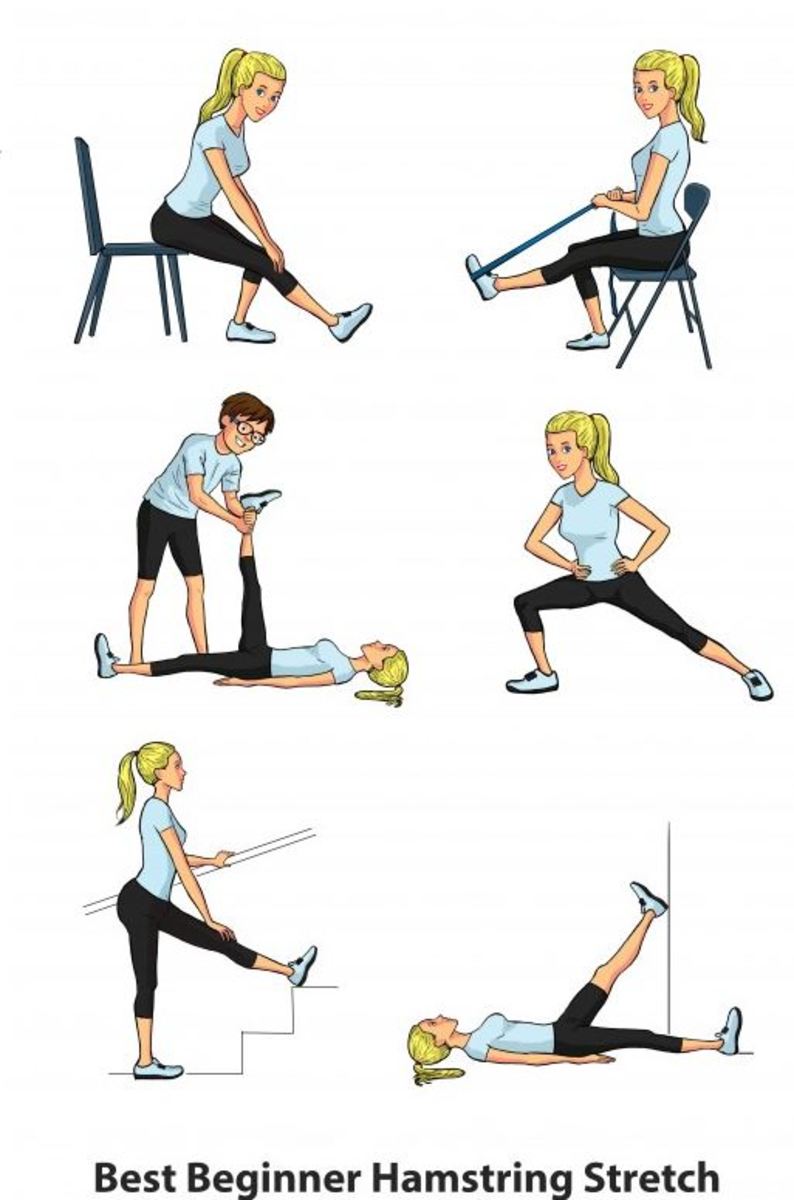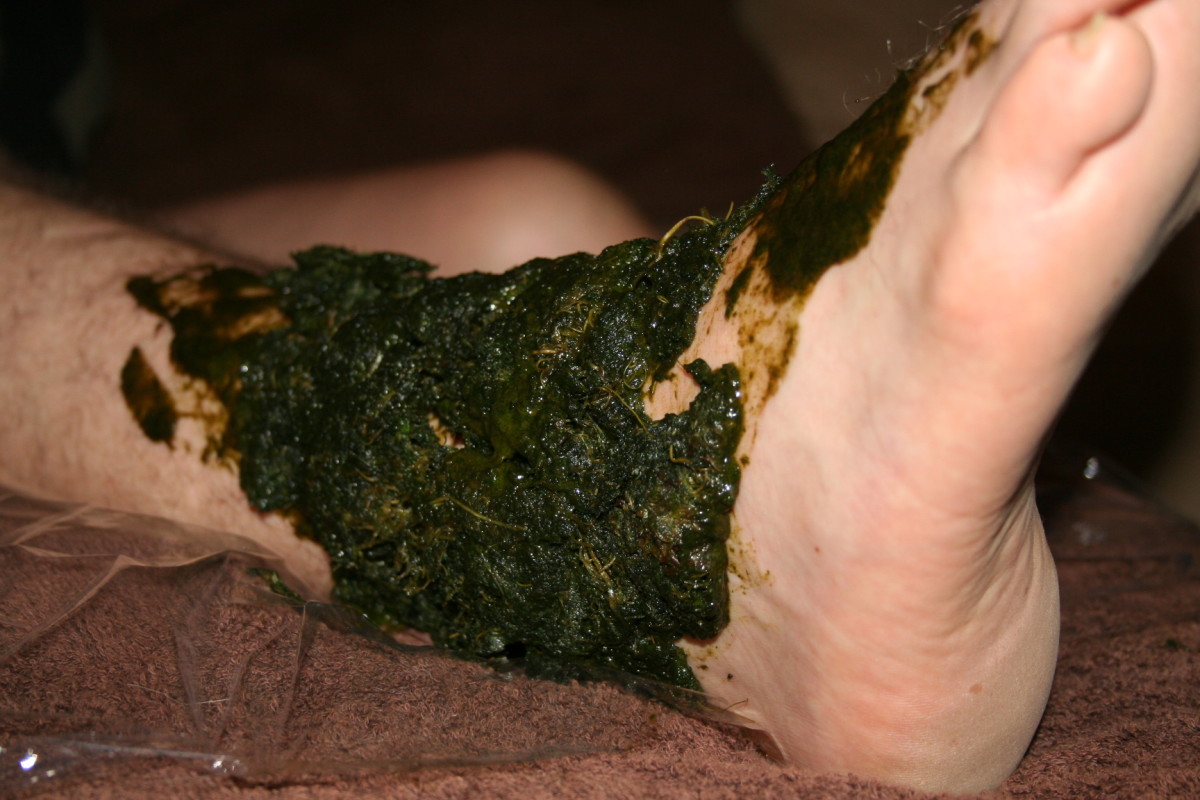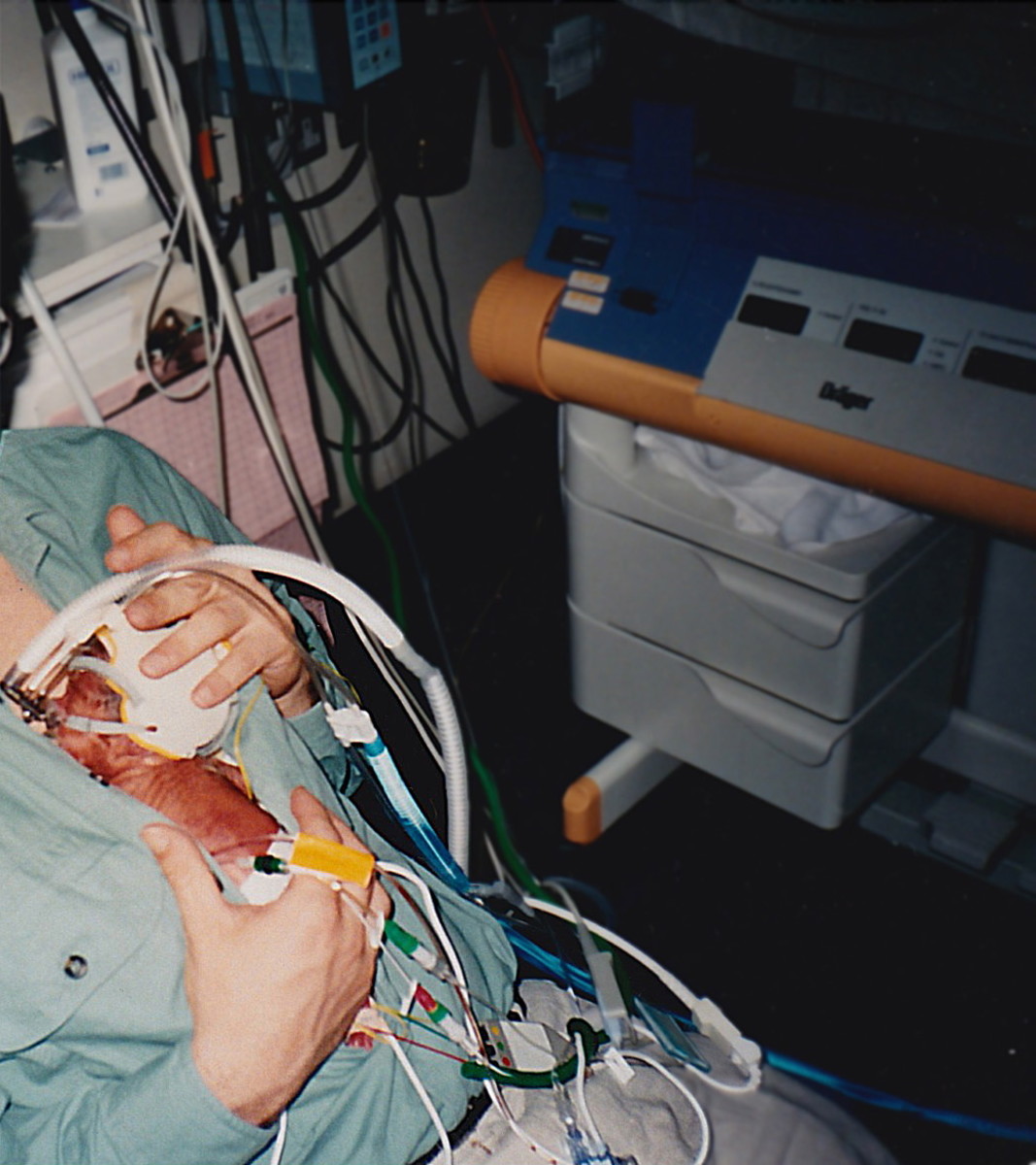5 Easy Ways to Relieve Back Pain
It's a Pain in My Back!
Back pain got you down? As someone who lives with back pain more often than I'll ever actually admit, I can understand not wanting to go to the chiropractor, or not being able to go as often as you would like, whether it's because of work commitments, stubbornness, or financial reasons. Or, in my case, all of the above.
Sometimes you just can't get to the chiropractor when you need to. Pain medication only does so much. What is a person to do about back pain, then?
Well, I'll be honest. I am neither a doctor, nor a chiropractor, so these are just researched suggestions from a girl with a body that's falling apart. Please take them as that, and not as actual medical advice.
The key thing that I do know about back pain is that, when left unheeded, it can cause some pretty serious permanent damage and lead to more problems down the road. Being proactive in your approach to relieving back pain will save you in the long run and make it easier for you to survive until you can get to the chiropractor and get things fixed the right way.
1. Stretch it Out!
There are many stretches you can do to help relieve back pain. The key is to make sure that you are doing them gently so you don't hurt yourself further. Here are some stretches that help me:
- Seated twists. Sitting in a chair with a back, gently turn, grab the back of the chair, and slightly lift your torso for five to ten seconds. Release, and make sure you stretch to the other side an equal amount of time. Why does it work? This stretch helps loosen the muscles from your mid-upper to lower back, and will sometimes crack vertebrae back into place - it is a temporary fix, so while you may feel better, if you know that you have a problem in your back, you'll still have to see your chiropractor (like I do).
- Lazy Day Upper Back Stretch: Lay in bed, making sure you are right up against the edge- either side, it doesn't matter which one you do first. Lift up the arm on that side straight into the air, and let it gently drop down - fully extended with your elbow almost locked so your arm is straight - until you feel it pull across the front of your chest. This relaxes the back muscles of your upper torso and can alleviate pressure.
- Shoulder/chest stretch: Stand in your doorway and put your shoulder gently against the doorjamb. Adjust your arm at a 90-degree angle so your hand is up above your head, and, keeping your shoulder and arm against the doorjamb, lean forward GENTLY. This stretches your pectorals and can relieve stress on the upper back and shoulder area. Repeat evenly on the other side.
- The Infamous Side-Bend: this can be done standing or seated. Simply raise one arm with your back as straight as you can get it, and bend over to the opposite side of the arm you raised. Repeat on the other side.
- Gentle Back Bend - this one is right out of yoga moves. Also known as "Upward Facing Dog" or "Cobra Pose", you lay flat on your stomach on the floor with your feet sticking straight out, make sure your hands are parallel to your shoulders, and gently push up. Don't push yourself too far or too hard, it's more strenuous than it looks, so if you can only arch your back an inch, that's all you need to do.

Stretching Guide
Stretches
| Time
| Both Sides?
|
|---|---|---|
Side Bends
| 30-60 Seconds
| Yes
|
Lazy Back Stretch
| 60-120 Seconds
| Yes
|
Doorjamb Shoulders
| 60 Seconds, alternating shoulder angles
| Yes
|
Seated Twists
| 30-60 Seconds
| Yes
|
Gentle Back Bend
| 60-120 Seconds
| N/A
|
Do you experience back pain more than once a month?
2. Relaxation is the Key
When in doubt, don't stress out! Believe it or not, one of the best things you can do for a sore back is to lay down on the floor or another hard, flat surface. Lay flat out on your back for a half an hour or so, and give your muscles a rest.
If your back is actually out of place, this will be a temporary relief, but temporary is better than nothing when it comes to back pain. Stretching out and relaxing on the floor with a good sudoku book is sometimes just what you need to give your body time to reset.
3. Massage Therapy
This one may involve a partner, depending on where the pain is. If you can't reach it, grab a friend.
Using lotion or biofreeze gel, you or your massage partner should just gently apply pressure all over the affected area, being sure to rub upwards. The upwards motion is said by some to relieve stress and help increase helpful blood flow (note: I'm not a doctor, I don't know if this is true, but it's supposed to help with circulation from what I've read).
Make sure to work in the biofreeze or lotion very well, and wash your hands multiple times - biofreeze can actually turn your cuticles green, so don't freak out, you're not getting an infection, it's just the gel's dye.
While lotion would work just as well if the person doing the massaging (whether it's your or a friend) does a good job, Biofreeze contains menthol and other key ingredients to help cool skin, soothe an aching back, and relieve pain. I swear by it, even though it makes me smell annoyingly minty-fresh.
Basic Back Stretcher
4. Advanced Mechanics: The Back Stretcher
Sometimes when your back is hurting, you just can't stretch yourself. Getting a back stretcher is a cheap and easy solution, though depending on your abilities and tolerance, you may want to get a different one than that listed to the right.
The model I use is hard plastic with an adjustable 3-position arch. I throw a towel or soft blanket over it after adjusting it to the arch I want for comfort.
When you start out using a back stretcher, know that it does NOT replace chiropractic treatment and won't put things back perfectly into place. It is ONLY for relieving stress on the muscles in the back, shoulders, and neck, by stretching them out. When your muscles are happy, yes, your back is more likely to go back into place on its own unless you have a chronic problem (like me).
First Steps:
When you first get a back stretcher, if it's one that's adjustable and you have to assemble it yourself, like the model I use on the right, make sure you bend and flex it a bit BEFORE you hop on it to make it easier to use, more maneuverable, and more comfortable. If you don't bend and arch the adjustable part, you might not get it into place and if you do it will feel weird.
Lay the back stretcher flat on the floor. Lay yourself on top.
Do not exceed two minutes the first several times you use it - small steps make the biggest difference. You CAN overstretch your back and make things worse for yourself.
Adjust frequently to get different parts of your back if you have a smaller model.
Types of Back Stretchers:
- Hard plastic adjustable, model shown on left.
- Hard plastic non-adjustable (not recommended).
- Padded non-adjustable.
- Padded adjustable (highly recommended!)
There is another type of stretching back contraption that I would like to mention, but I don't recommend it for the faint of heart. An inversion table will help immensely. Using gravity to its advantage, an inversion table is like a mini-chiropractic adjustment (not technically, but close enough for me) - you actually invert, or go over backwards so you're upside-down, after strapping yourself to this table, and hang there for a couple of minutes (not too long or you'll pass out from blood pooling in the brain), and your spine will stretch itself out.
They're great if you have a lot of space in the house and a will of steel, but falling backwards freaks me out and I live in a tiny little apartment so it isn't practical for me to have one.

5. How Cool is Cool? Ice Cold!
Ice is known to help treat and lower inflammation - inflammation causes pain, therefore ice helps with pain.
Much of the time when my back is "out of place," and my vertebrae are trying to kill me slowly, just relaxing and icing helps because it treats the inflammation caused by my chronic lower-back jamming up. Once the inflammation is down, I can much more easily stretch and move things relatively back into place, so I don't have to go to the doctor quite as often.
Ice can help you by reducing inflammation and pain in any portion of your back, including muscle aches. The key is to keep it on for fifteen minutes at a time with twenty-minute breaks, until you feel better. More than fifteen minutes of icing can have a rebound effect, freeze up muscles, and cause more pain, so stick to your times!
Key Tips
- stretch
- ice
- massage
- relax
- chiropractor
We Ached, We Stretched, We Conquered
Ice, stretching, and relaxing are the key to curing any back problems. Add in a nice massage or slight rubbing with biofreeze, and you should be good to go.
Remember to always limit the amount of time between the onset of pain and going to the chiropractor as much as you can, but if you have to wait, be sure to take steps to minimize pain and stress, and you can help prevent damage to your spine, muscles, and nerves.










